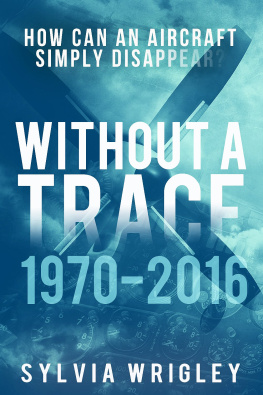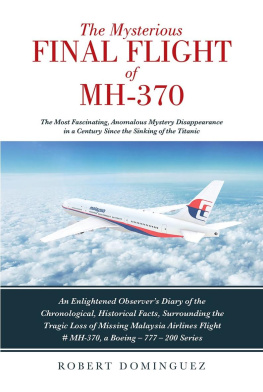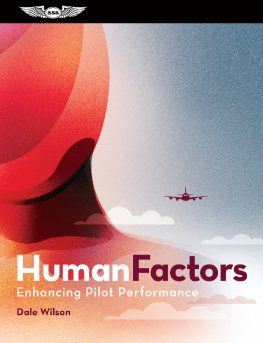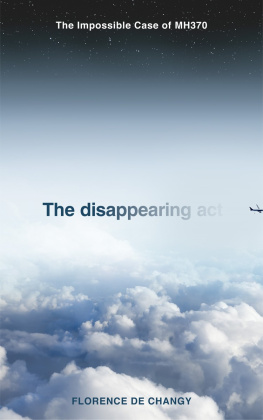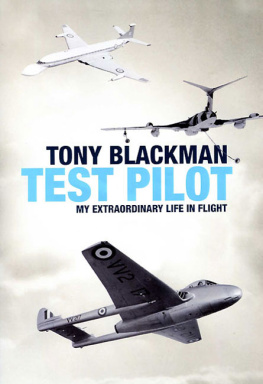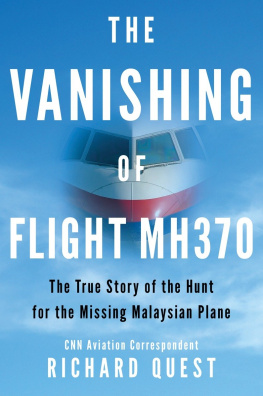Without a Trace: 19702016
2019
UUID# 084710F5-086E-4546-BC58-B5483092B723
ALL RIGHTS RESERVED
Copyright 2019 by Sylvia Wrigley
No part of this book may be reproduced or transmitted in any form or by any means, electronic or mechanical, including photocopying, recording, or by any information storage and retrieval system, without permission in writing from the author.
For information address:
Editing and interior design by:
EQP BOOKS
The logo consisting of the letters EQP over an open book with power cord is a registered trademark of EQP BOOKS.
http://EQPBooks.com/
Introduction
2019
T HIS SECOND VOLUME of Without a Trace is focused on true mysteries in modern times. My definition of modern is somewhat arbitrary, where I counted any case that is younger than I am. Ive also been slightly more creative in this volume, in that Ive not limited myself to vanishing aircraft. I couldnt resist the story of Dan Cooper, the passenger who disappeared mid-flight with $200,000 in his backpack, and the mystery Boeing 727 which appeared rather than disappearing... to this day no one knows where it came from.
The past half-century has had its fair share of unsolved puzzles, but they are overshadowed by Malaysian Airlines 370, which I would call the greatest aviation mystery of our time. However, I hope you will find the rest of the chapters interesting and intriguing as I offer you a wide variety of locations and aircraft types, all of which remain shrouded in mystery to this day.
As always, there are more people to thank than I could possibly list. Special mention goes to Anatoly Belilovsky, Brenta Blevins, CL Holland, Debra Jess, Dan Koboldt, Jim Noble, Mark Nolan, Cliff Stanford and Connor Wrigley for sparing endless time for discussion and research and read-throughs. My editor, Rick Fisher, has nitpicked every line to polish my writing till it shines (and to politely point out when Ive confused left and right) and done a sterling job of formatting complicated text so that it looks perfect in every ebook format. Any remaining errors are mine alone.
CONTENTS
The Mysterious Truth Behind Foxtrot 94
1970
T HE 1970 S ARE SAID to have been the deadliest decade in aviation history, with 16,766 deaths. This is double the 8,318 deaths in the 2000s, the least deadly so far. The second decade in this millennium is looking less rosyour excitement over 2017 being the first year with no commercial airline fatalities has been tempered by a rash of fatal accidents in 2018 and the loss of two Boeing 737 MAX passenger aircraft in recent months.
Foxtrot 94 is one of my favourite aviation mysteries, in which a military pilot chases after an unidentified object in the sky before disappearing completely. His aircraft was found undamaged at the bottom of the North Sea, with the canopy shut and no trace of the pilot. A favourite of UFO aficionados, heres the whole story.
RAF Binbrook is a former Royal Air Force station in north-east Lincolnshire, England. RAF Binbrook was originally a Bomber Command station during World War II. The Royal Air Force No. 12 Squadron was stationed there until 1942, when they moved to RAF Wickenby. After the war, RAF Binbrook hosted the start of the RAFs transition to jet bombers.
RAF Binbrook also served as the base for the last two RAF squadrons who used the English Electric Lightning, a fantastic aircraft. The Lightning is an all-British Mach 2 fighter aircraft, developed and manufactured by English Electric. It was the RAFs primary interceptor for over twenty years and pilots described flying it as being saddled to a skyrocket. The aircraft was retired in the late 1980s.
RAF Binbrook closed in the 1990s and was sold off for development, with the control tower demolished in 1995. As of now, most of the accommodation blocks have been demolished except for the married quarters, which form private housing in the new village of Brookenby. The old hangars are now an industrial estate used by private businesses.
In 1970, however, things looked very different. The US and its allies had been at odds with the Soviet Union and its satellite states since the end of the second world war: two superpowers in a political and ideological struggle that showed no sign of resolution.
Soviet aircraft were regularly flying into the North Atlantic to test the reaction from NATO fighters. A little-known radar station called Saxa Vord was a vital part of Britains air defence, a front-line unit offering early warnings of Soviet bombers entering UK airspace. RAF Saxa Vord was the most northern military base, situated on the island of Unst in the Shetland Isles. The island of Unst is farther north than Leningrad and on the same latitude as Anchorage, Alaska.


Google Maps screenshot. Map data: Geobasis-DE/BKG, Google, Inst. Geogr. Nacional. Imagery: Data SIO, NOAA, US Navy, NGA, GEBCO, Landsat
RAF Saxa Vord gets its name from the hill where the station is located: at 935 feet (285 metres) it is the highest hill on the island of Unst. Saxa Vords modern claim to fame is that it holds the unofficial British record for highest wind speed: in 1992 the wind was recorded at 197 mph (317 km/h) just before the measuring equipment blew away. The site had been used for highly classified operations since the 1950s, including top-secret radar installations and trials of anti-submarine equipment.
Until recently, the primary source of information about the tragic accident was a series of investigative articles by journalist Pat Otter, who had covered the original search and rescue for local news. This was followed by Alien Investigator, a detailed book by a retired Yorkshire police sergeant who confirmed Pat Otters information and used military contacts to further investigate the mysterious disappearance of the pilot from the aircraft discovered in the North Sea.
The sequence of events started in the evening of the 8th of September in 1970. At 20:17, a radar operator at Saxa Vord spotted an unidentified blip flying over the North Sea, between the Shetlands and Norway. This required a response from the RAF station on Quick Reaction Alert.
Quick Reaction Alert is the 24-hour Royal Air Force air defence maintained by NATO. A Quick Reaction Alert response is to scramble fighter aircraft to investigate an airspace infringement. RAF stations on Quick Reaction Alert have pilots on duty who are fully dressed and waiting in the Aircrew Ready Room, which is always situated next to the hangars housing interceptor aircraft. The duty shift is about twenty hours. Each pilot is on shift once or twice a month. There are currently two Quick Reaction Alert RAF stations: RAF Coningsby and RAF Lossiemouth with two Eurofighter Typhoons loaded and ready to go.

